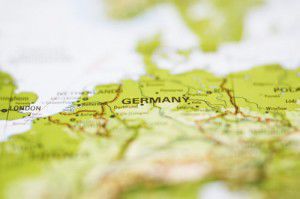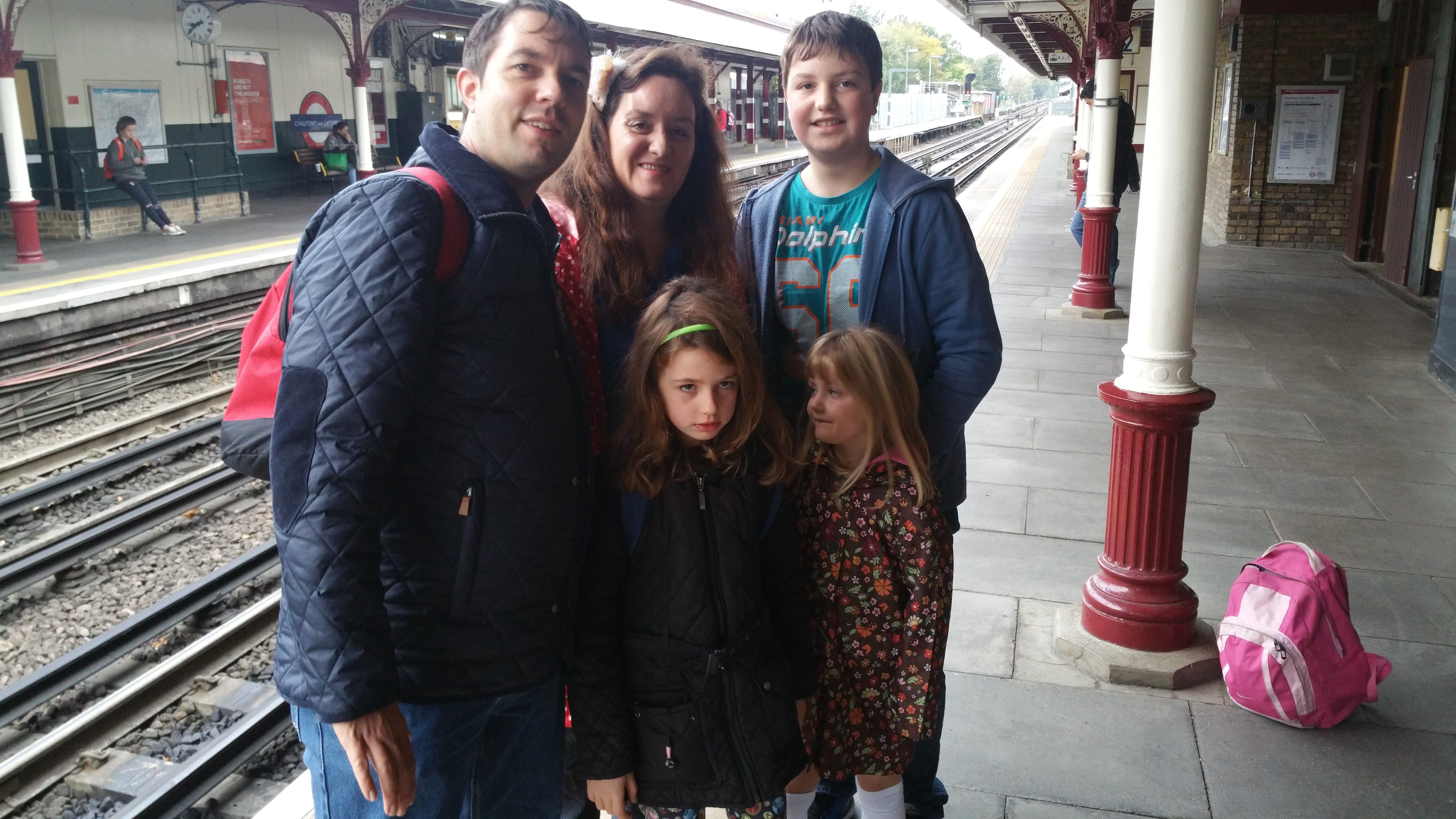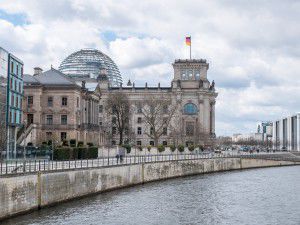Rockin’ around the Christmas tree
Have you put up your Christmas tree yet?
Christmas trees are an iconic part of the festive season. It has become a tradition in many towns and cities to place a decorated tree in a central location for all to see, and many people also have a Christmas tree in their own homes.
The Christmas tree custom is believed to have started in Germany, with people bringing decorated Christmas trees into their homes. This became a trend across Europe with Queen Victoria decorating the first Christmas tree in Windsor Castle; with sweets, fruits and gingerbread.
In Trafalgar Square, London, receiving a Christmas tree from Norway has been a wonderful tradition since 1947. This is a gift to symbolise friendship and thanks, for Britain’s support during World War Two. The British Ambassador attends a ceremony in Norway during November, before the tree’s shipped to London for the festive season. This year @trafalgartree even has its own account on Twitter!
Another iconic Christmas tree is the one that stands at the Rockefeller Centre in New York. For those of you who love holiday films, this is the tree where the Christmas tree loving Kevin is reunited with his mum in Home Alone 2. 2015 marks the 83rd year of lighting this 10-ton Christmas tree with over 45,000 lights.
Last year Rio De Janeiro unveiled the world’s largest floating Christmas tree. It was 85 metres tall and had over 3.1 million lights! The lighting of the Christmas tree is the third largest annual event in Rio and each year carries a different theme; last year’s symbolised the importance of light in people’s lives. Unfortunately this year the tree’s metal structure was damaged and it’s had to be reduced to a mere 53 metres…
Here at EuroTalk we love to put up a Christmas tree in the office, it may not be 28 feet tall or have as many lights but it’s still fabulous 🙂
Do you have any Christmas tree traditions? Tell us about them on Facebook or Twitter.
A couple of days in Berlin
After volunteering in a hostel in Riga for six weeks, I decided to take the long way home via a series of overnight buses. With everyone raving about how beautiful a city Berlin is, I decided to make it my next stop on my journey home.
It is easy to see why people like it so much.
I stayed in a huge hostel in the Turmstrasse area and this seemed like a really good location to stop in. Just twenty minutes away was the Victory Column, or Siegessäule, which overlooks a large portion of the city. A little further was Potsdamer Platz; the centre is all commercial with cafes and restaurants as far as the eye can see and business reaching high up into the sky from a series of highly polished skyscrapers. But the surrounding area has a lot of history and culture to offer too. Personally the Topography Of Terror, Holocaust Memorial, Friedrichstrasse and Reichstag were the things that grabbed my attention the most. An early evening stroll in the local neighbourhood turned into a several hour stint that saw me leave my hostel, walk the length of Turmstrasse, past the Victory Column, down to the Holocaust Memorial and back on my first night.
There is no one ‘centre’ to Berlin, but it seems most tourists and locals end up at Alexanderplatz. Walking out of the station the first thing you see is the iconic tower that overlooks a pedestrianised area. Walking behind this and into a little blissful shade after a journey on an overheated train was very refreshing. There is a lot to see from here, and I personally headed over towards the galleries and sat under the pillars looking out over the river for a while.
The Zoological Gardens are definitely worth a visit, and if you like zoos and aquariums then it is a must. There’s a very cute windmill of sorts that sits along a section of Budapester Strasse which is worth stopping at to admire.
The Brandenburg Gate was such an impressive sight first hand, you can really understand the sense of power there and the thought of those streets being lined with people waiting to see a glimpse of their leader is both disturbing and breathtaking.
The area around Nordbahnhof was one of my favourite places, full of gardens, interesting architecture, and of course the Berlin Wall Memorial.
The main station, Hauptbahnhof, was also worth looking round, whether you like trains or not. There are so many levels, platforms, different types of train, shops, places to eat and drink, you could spend hours within this huge complex and not get bored.
Of course, one of the best things about Berlin, from my perspective at least, is the cake. Much like Greggs back home in the UK, there is a bäckerei (bakery) wherever you turn, and such a choice of sweet and savoury treats it can be a little overwhelming.
I spent the best part of two days in Berlin and I have to say, it isn’t enough. I could have happily stayed another week and I am still not sure if that would have been enough to have seen everything that I wanted to. A return trip is definitely in order!
Kelly
Planning a trip to Berlin? Remember to learn a little German before you leave with uTalk – or try our free Talk Now demo.
Why I’m learning German in January
In a few weeks, I’m taking on the uTalk challenge – using the app to see how much I can learn in the 31 days of January.
I’ve been trying to decide which language to go for; there wasn’t any particular one that I needed for a holiday or work trip, so I had the full choice of 100 languages in the app to pick from. Having the opportunity to learn something just for the pure fun of it is great, although 100 is a lot of options for someone as indecisive as I am.
My first thought was to learn Catalan, so I’m prepared for my next trip to Barcelona, whenever that may be. But as I already speak Spanish, it seemed like a bit of a cheat. Although there are significant differences between the two languages, on the whole they’re similar enough to give me an unfair advantage over my colleagues!
So then I decided to use the power of Facebook, and asked my friends which language they thought I should learn. I got various suggestions – Japanese, Navajo, Lithuanian, Welsh…
I was tempted by them all, but in the end I think I’ve finally made a decision. So this January, I’ll be having a go at German.
There were a few reasons for this. Firstly, I never got the chance to learn German at school, because we had to choose either Spanish or German. I’ve never regretted choosing Spanish, which I went on to study at A-Level and university, but from time to time I’ve wondered what might have happened if I’d gone for the other option.
Secondly, German looks quite tricky, and I figured if I was going to take on a challenge, I might as well do it properly. I’m a bit fascinated by the language, too, with its hugely long words; from what I can tell, you can come up with a word for just about anything by sticking others together. And it has some great proverbs.
Also, Germany’s close enough for me to pop over for a long weekend if I want to practise, whereas some of the other options, like Japanese and Navajo, are spoken a bit further afield. Maybe next year…
Finally, one of my favourite words is German. Backpfeifengesicht means ‘a face badly in need of a fist’. And as far as I’m concerned, a language that can come up with a word to describe that has to be worth a look.
Anyone want to join me?
Liz
Language of the Week: German
As the annual festival of Oktoberfest gets underway in Munich this week, we’ve chosen German as our latest Language of the Week.
If you’re anything like us, when you hear ‘Oktoberfest’ you probably think of beer (oh – just us?) but there’s a lot more to the event than that. Oktoberfest is actually the world’s largest funfair, and it’s a 16-day festival running from late September to early October. There is a lot of beer consumed though – 6.7 million litres at the 2013 festival! – and it’s also a great place to try traditional German food.
German is often described as a less attractive language to learn than, say, Spanish or Italian, but we’re not sure we agree. For one thing, German’s far more creative. How many other languages have a word for ‘a face badly in need of a fist’? It’s backpfeifengesicht, in case you were interested.
Here are a few fun facts about German:
– It’s an official language of five countries: Germany, Austria, Switzerland, Luxembourg and Liechtenstein, and has at least 100 million native speakers around the world.
– You might know more German than you think – ever used the word ‘angst’, ‘kindergarten’ or ‘doppelgänger’? These are just a few examples – there are plenty more.
– German is known for its very long words, which are created by sticking together other words to explain a concept. In 2013, the language lost its longest word – rindfleischetikettierungsueberwachungsaufgabenuebertragungsgesetz – which is 63 letters long and means ‘law delegating beef label monitoring’, thanks to a change in EU regulations.
However most of these long compound words don’t appear in the dictionary. The longest word that does appear is kraftfahrzeughaftpflichtversicherung (‘automobile liability insurance’) at a mere 36 letters long, although we wish donaudampfschifffahrtsgesellschaftskapitaenswitwe (widow of a Danube steamboat company captain) was in there too.
We love this video by Language Hat, which is a really fun explanation of how these long words are put together. If you don’t find yourself craving rhubarb cake or beer by the end of it, you’re doing better than us!
– ‘Gift’ may be a nice thing in English, but in German it means ‘poison’, so be careful who you give it to…
– In German, when telling the time, ‘half three’ actually means ‘half an hour before three’ (i.e. ‘half past two’) – definitely worth knowing before making any plans.
– Germany is often known as Das Land der Dichter und Denker, which means ‘the land of poets and thinkers’. Not surprising really, since this is the country that gave us Johann Wolfgang von Goethe, Thomas Mann, Albert Einstein and the Brothers Grimm. It’s also the home of the first pregnancy test, invented by German researchers Selmar Aschheim and Bernhard Zondek. So now you know.
We know there are a lot of German fans out there, so please tell us why you love the language and the country – either in the comments or on Twitter to @EuroTalk with hashtag #loveGerman 🙂
And if we’ve convinced you to give German a go, remember you can start learning it completely free with uTalk or the free demo on our website.






